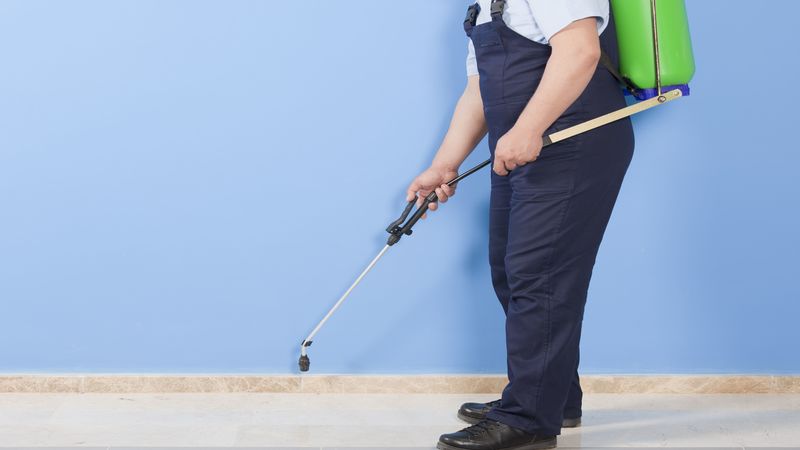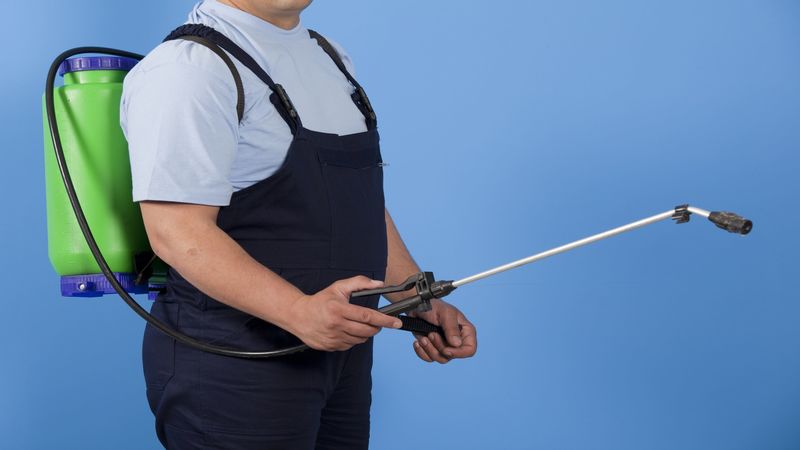Termites: the pesky little bugs that eat their way through your wood and your wallet. As a homeowner, termites can be a nightmare if caught too late. So you should be keeping an eye out for the following warning signs:
Small holes in drywall
Small holes that look like they were created by a pushpin (⅛ of an inch wide) are signs that termites are burrowing exit holes in your walls. However, it isn’t precisely a telltale sign because other wood-eating crawling insects can make these same holes.
Sagging and discolored drywall
Termites eat wood and drywall from the inside out, so damage may not be seen by the naked eye right away. But, if your drywall starts to warp, sag, or discolor, it may be a sign of an infestation.
Crumbling wood
Probably the most obvious sign of termites is crumbling wood. As termites eat through, they leave the wood structurally unsound, causing crumbling.
Hollow sounding wood
If you lightly tap on your wall and it sounds hollow, that may be a sign of termite damage. Your wood should be solid, but when termites eat through, they hollow it out. This could be a sign of another wood-eating pest as well, so calling a professional to assess the damage is critical.
Peeling paint
If it looks like your paint has some water damage, it could be termites. Some termites like to live below the surface of the wood for protection from sunlight and drying air. As termites accumulate the moisture they need to survive; your paint can peel and become damaged.
Unsteady wooden or laminate flooring
If your floors feel weak, unsteady, or hollow, termites could be burrowing in your floors. On laminate flooring, this may appear as water damage. Squeaky floorboards are also a sign that termites are living in your flooring.
Loosened tiles
Just like with paint, added moisture from termites in your floor can loosen your tiles. If you have more than one loose tile, termites have likely found their home in your flooring.
Stuck doors and windows
Stuck doors and windows can be an indicator of pest activity. The added moisture can cause the expansion of wood and for wood to stick together.
Mud tubes along your home’s foundation
On the outside of your home, you can check for mud tubes yourself. Not all mud tubes look alike, and there are technically four types of tubes: exploratory, working, swarming castle, and drop tubes.
Exploratory can reach 15 feet tall, branching out in different directions, yet thin and fragile.
Working tubes can range between ¼ inch and one inch thick, with different paths for transport, food, and construction.
Swarming castles are built as a temporary solution for swarming termites. And, they are thin and fragile as they are not meant to stick around.
Finally, drop tubes are light in color, brittle, and similar to an exploratory tube. However, these can be identified by their stalactite structure.
While all of these warning signs can be identified by anyone, you should call a professional to assess the damage and confirm that termites are the problem. If you are looking for a trusted expert in termite inspection in Lancaster County, Pennsylvania, check out Kirchner’s Pest Control. Kirchner’s works with homes and businesses to guarantee excellent and convenient service.
So, if you notice potential termite damage to your property, what are you waiting for? Call pest control experts Kirchner’s Pest Control today for your free consultation.

